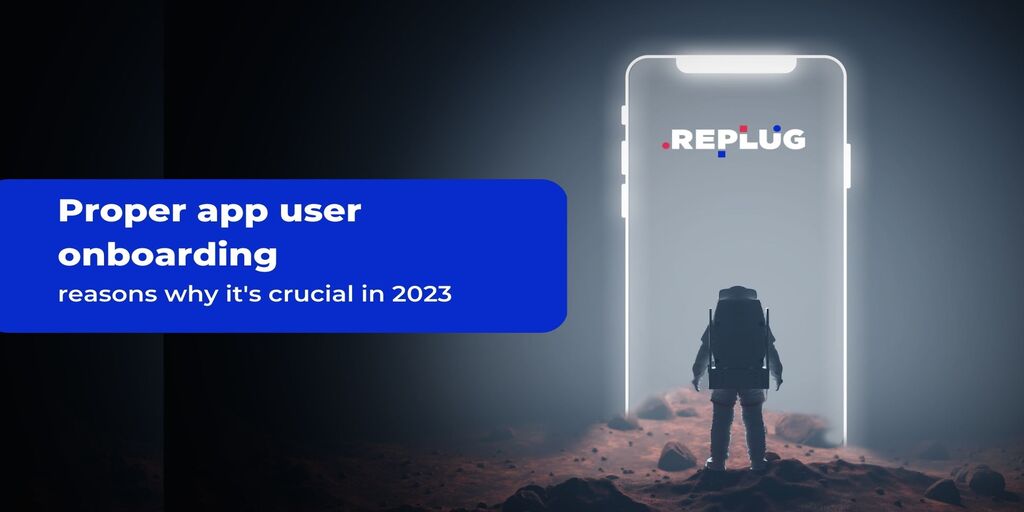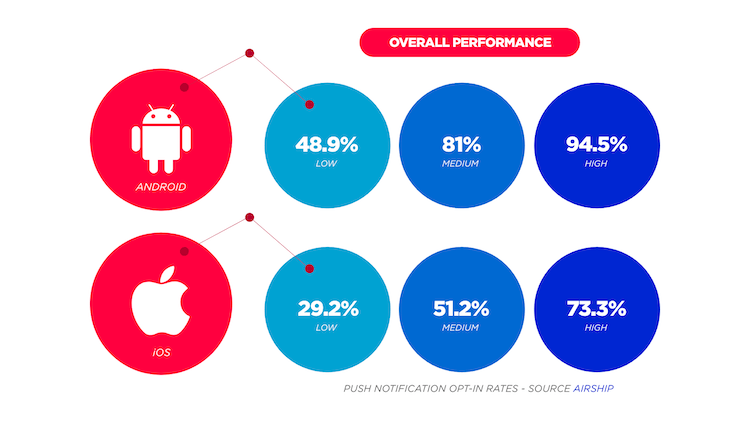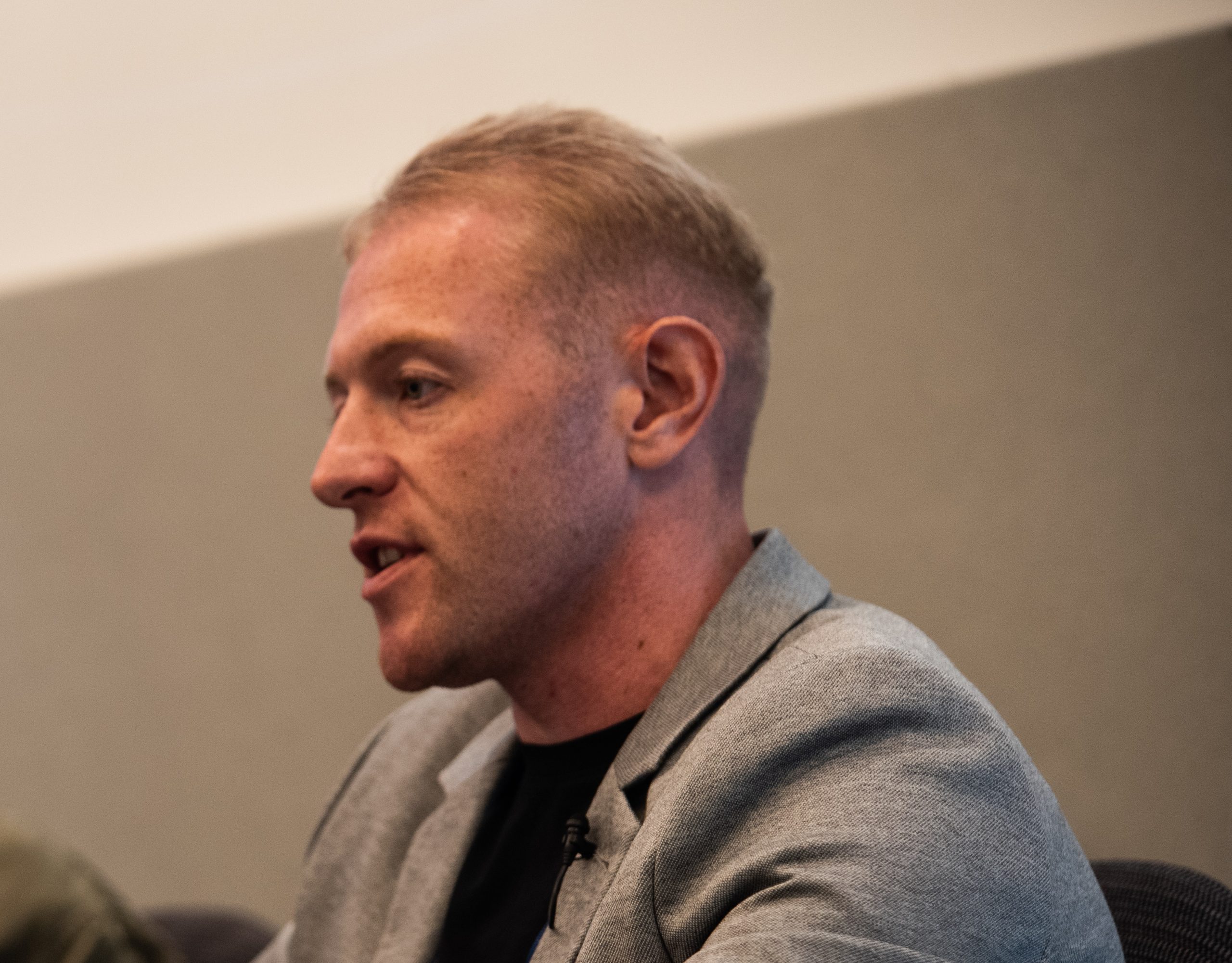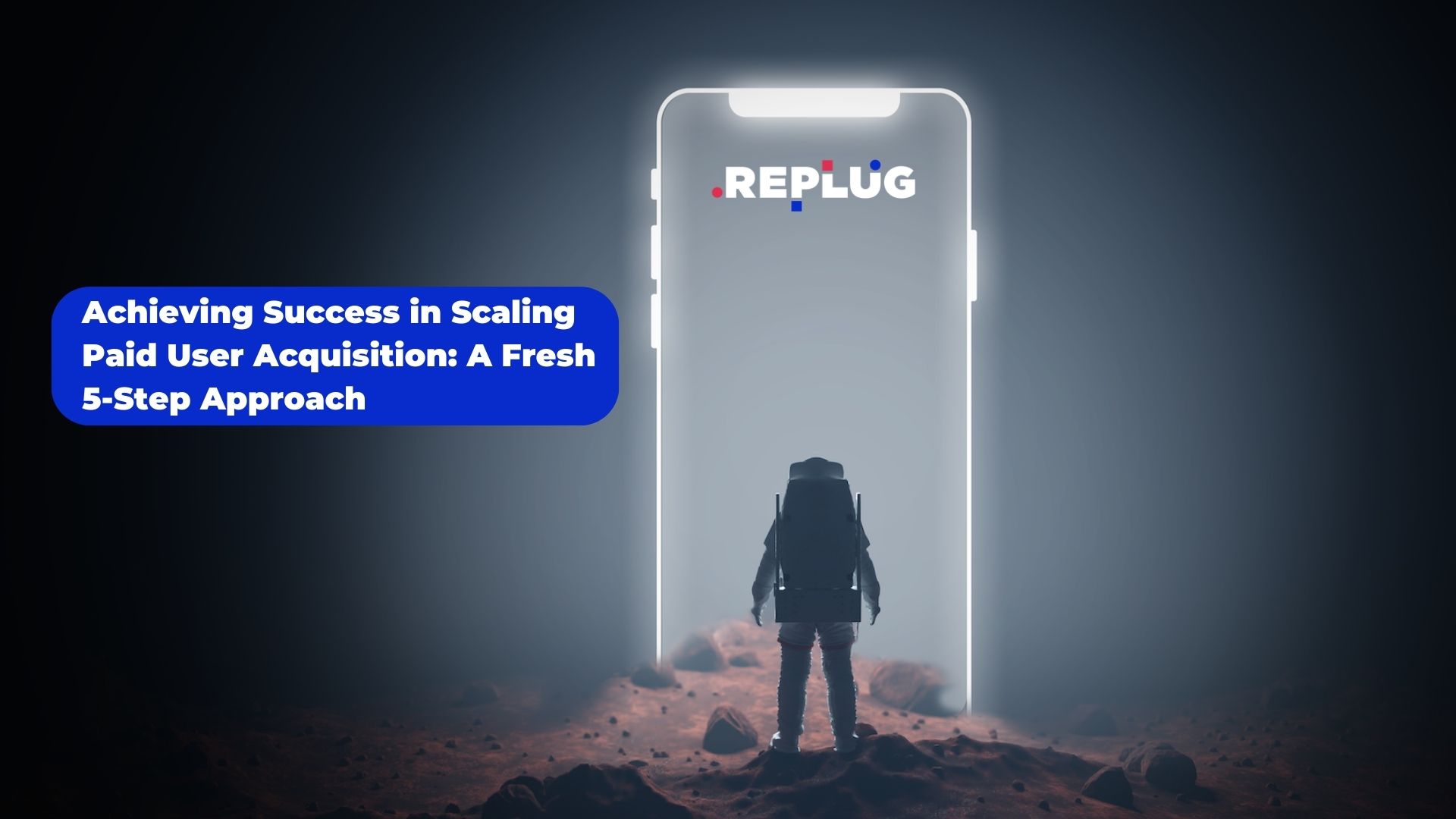Reasons why proper app user onboarding Is crucial in 2023
- Wednesday, March 1st, 2023
- Share this article:
Lorenzo Rossi, co-founder at REPLUG, explains why its vital to get the app onboarding experience right, and how to do it.
 Mobile app marketing is a quick, constantly-changing industry. The previous few years have shown how a minor change may create a domino effect that disrupts the entire ecosystem, bringing years of learning into doubt.
Mobile app marketing is a quick, constantly-changing industry. The previous few years have shown how a minor change may create a domino effect that disrupts the entire ecosystem, bringing years of learning into doubt.
Its correct to believe that the world of mobile onboarding has become critical for the success of app marketing in 2023. When installing an app, a user must now agree to the privacy policy, pick whether or not to get push notifications, click yes to share IDFAs with MMP, and, if mandatory, allow location tracking.
That is why, in this article, you can find all the obvious (and not so obvious) reasons why proper app user onboarding is a burning topic this year.
What is mobile app user onboarding?
The user app onboarding process is the initial point of interaction a new user has with a mobile app (typically acquired through a costly paid user acquisition campaign). Besides that, app onboarding is the iterative procedure of supporting users in getting started with your app so that they can immediately begin engaging with high-value functionalities.
Often, this is performed through a welcome guide that walks users through the installation and use of the apps core functions. As a result, onboarding is a method for welcoming users to the app and guiding them through the major features – while also playing an essential role in collecting information and obtaining permissions from them.
Because user onboarding serves as the initial step in creating a great user experience, it can no longer be disregarded or overlooked. Moreover, in 2023, we must entirely focus on it and redirect our attention to providing a fantastic user experience to the people.
Why IS user experience important?
Simply said, user experience is becoming increasingly crucial. And with the correct app onboarding process, the user will have a great experience, keeping them on the app and using it. As a result, following the download, everything related to the onboarding process must go seamlessly until the user can start using the app – so it is not uninstalled.
Furthermore, here are three reasons why UX has become highly relevant:
- Users don’t know the app: developers are familiar with their app and believe it is really clear and straightforward to use. Its not the same for people who have just installed the app because its the first time they interact with it.
- Increasing attention to privacy: to track the location, ATT, and other information, app developers require several permissions.
- Increasing competition: to keep your consumers away from the competition, your user experience must be excellent; keep in mind if they dont like it, there are plenty of other choices.
So, what is the first step in creating a wonderful experience for the user? Onboarding new users is clearly what this refers to.
The primary advantages of user onboarding
Well now go through the six key benefits of user onboarding, both from a product and marketing standpoint.
1. Welcome the users
A well-executed user onboarding allows us to greet new users and thank them for choosing our service. A warm greeting is nothing unusual, yet it expresses gratitude and respect.
2. Describe the key features
A good onboarding approach may help new users take their initial steps in the app. Remember that our product is not as evident to our customers as it is to us. We view our app every day. Furthermore, we understand precisely how it works, and we may mistakenly think it is the same for our users.
The aforementioned is utterly false since people do not have the time to learn about a new product. We do have the opportunity to aid users in knowing what to do with our mobile app by highlighting the key features and pointing them to what we want them to perform.
3. Avoid immediate uninstall
As earlier said, first impressions stick with you. In the case of mobile apps, the initial (good) experience lasts. That is, efficient onboarding can help lower the number of users who remove the app right after installing it because they “just dont understand it.”
Given how expensive it is to acquire mobile users, it is no surprise that avoiding uninstalls is critical.

4. Get permissions
There has been a growing realization of the relevance of privacy and user data security in recent years. Initially, there were GDPR constraints. Following that was the well-known ATT and iOS14 debate, which Im sure everyone in the mobile industry is aware of by now.
As a result of this increasing focus on user data, app developers were obliged to require users to opt-in to track and approve privacy agreements.
Such various requests are often necessary to be presented during the initial session, immediately following the download, and are occasionally required to use the app. In this case, a user onboarding process can help us create pre-permission screens that explain why users should allow us to monitor them and share their data.
Always clarify why the user should answer yes (through a pre-authorization screen), or as marketing folks put it, the WIIFM – Whats in it for me.
5. Improve push notification opt-in rates
Push notifications are, without a doubt, the most effective method for mobile marketers to increase user retention and engagement. It is also widely known that the iOS opt-in rate is quite low, leaving many users “untouchable.” As a result, we are risking losing several opportunities.
 Similarly, by having a pre-authorization screen and asking users if they wish to receive messages from us, well-organized user onboarding may help tackle this problem. If customers react positively, we can provide Apples verified opt-in prompt. If not, we can display it later (as we should).
Similarly, by having a pre-authorization screen and asking users if they wish to receive messages from us, well-organized user onboarding may help tackle this problem. If customers react positively, we can provide Apples verified opt-in prompt. If not, we can display it later (as we should).
6. Obtain user registration and preferences
In a market driven by results, data and statistics are crucial. The more information we have about our customers (data points and preferences), the easier it will be to interact with them (recommend their favorite products, entice them to return to the app, etc.)
We can collect user preferences in two ways: passively or actively.
The passive technique is analyzing the users in-app activities, such as how they interact with the app, what they watch/play/purchase, and so on. The second option is to seek this data actively.
As a result, including the registration or account creation procedure in the user onboarding phase is one way to gather information actively.
Conclusion
Before we go, theres one more point wed want to mention. Finally, for user onboarding, checking your tone of voice is critical. The app onboarding phase is your opportunity to interact with users and be polite.
Furthermore, what data we should collect during user onboarding depends on the app. Yet, when obtaining data, you should prioritize info that will assist you in creating a tailored customer experience and providing personalized and relevant CRM messages.
If you wish to know more about the app user onboarding process (best practices, best examples, and industry experts’ insights), don’t hesitate to visit our website and download our latest ebook on this topic.
















